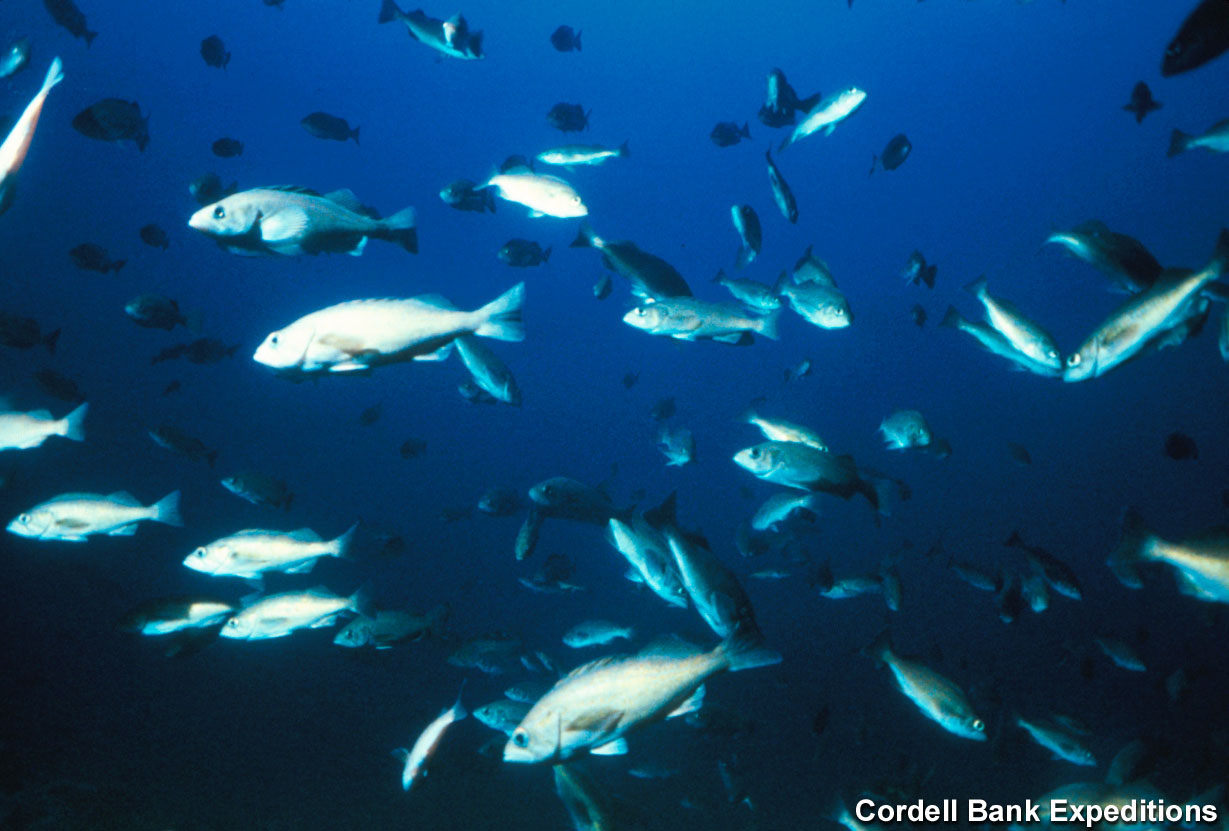Ancient People Followed 'Kelp Highway' to America, Researcher Says

ST. LOUIS—Ancient humans from Asia may have entered the Americas following an ocean highway made of dense kelp.
The new finding lends strength to the "coastal migration theory," whereby early maritime populations boated from one island to another, hunting the bountiful amounts of sea creatures that live in kelp forests.
This research was presented here Sunday at the annual American Association for the Advancement of Science by anthropologist Jon Erlandson of the University of Oregon.
Today, a nearly continuous "kelp highway" stretches from Japan, up along Siberia, across the Bering Strait to Alaska, and down again along the California coastline, Erlandson said.
Kelp forests are some of the world's richest ecosystems. They are homes to seals, sea otters, hundreds of species of fish, sea urchins and abalone, all of which would have been important food and material sources for maritime people.
Although the coastal migration theory has yet to be proven with hard evidence, it is known that seafaring peoples lived in the Ryukyu Islands near Japan during the height of the last glacial period, about 35,000 to 15,000 years ago. These peoples may have traveled 90 or more miles at a time between islands.
Some scientists believe that maritime people boated from Japan to Alaska along the Aleutian and Kurile Islands around 16,000 years ago. Before that, people may have island-hopped their way to Australia 50,000 to 60,000 years ago.
Get the world’s most fascinating discoveries delivered straight to your inbox.
Scientists have discovered settlements 11,500 to 9,000 years old along the coasts of some of these Pacific islands, which also have ecologically-rich kelp forests nearby that Erlandson believes existed when people were island hopping. The remains of kelp resources have been discovered in a settlement in Daisy Cave in the Channel Islands off southern California, dated to about 9,800 years ago.
"The fact that productive kelp forests are found adjacent to some of the earliest coastal archaeological sites in the Americas supports the idea that such forests may have facilitated human coastal migrations around the Pacific Rim near the end of the last glacial period," Erlandson said. "In essence, they may have acted as a sort of kelp highway."
Kelp forests also provide a barrier between coastal settlements and the rough open seas and lessen the wave forces on beach-side settlements. Sometimes the kelp washes up on land, where land animals, which humans could kill and eat, can munch on it.
- First Americans May Have Been European
- North America Settled by Just 70 People, Study Concludes
- Possible Fire Pit Dated to Be Over 50,000 Years Old
- Early Man Was Hunted by Birds


